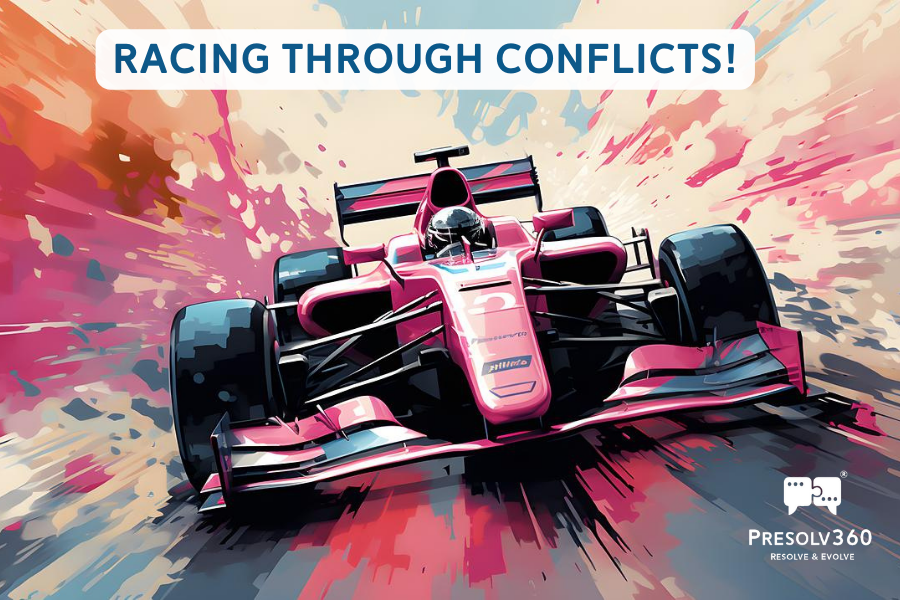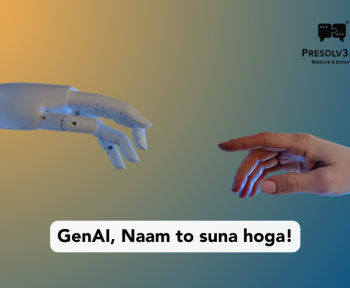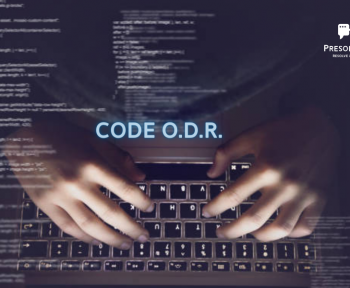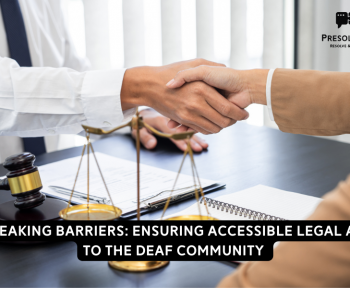Revving engines, screeching tires, and lightning fast pit stops – these are the words that best describe the Formula 1 (F1) racetracks. F1 is all about adrenaline-fueled excitement and high-stakes competition. Those 100 minutes of racing are filled with split-second decisions that determine victory or defeat. Similar is the journey of mediation, a mechanism of resolving conflicts amicably through dialogue and compromise. Mediation is a process of dispute resolution where a neutral third party, called the mediator, assists the disputing parties in arriving at a common mutually acceptable solution.
The twists and turns on racing tracks are often like the twists and turns that a dispute encounters on its path to resolution. Join us on this race as we peel back the layers of these seemingly disparate worlds, exploring the fascinating parallels between the high-octane drama of F1 and the artful diplomacy of mediation.
Lights out and away we go!
Planning the race:
Before every race, teams meticulously analyze data, weather conditions, and competitors’ tactics to devise winning strategies. Similarly, in mediation, it is the planning that can lead to its success. Mediators and parties strategically plan their negotiation approaches, considering factors such as interests, BATNA (Best Alternative to a Negotiated Agreement), and potential obstacles.
Problem solving skills:
Unpredictable challenges of F1 demand quick decision-making skills and adaptability, much like mediators. In the 2019 German Grand Prix, Ferrari faced challenges due to the unpredictable weather conditions. The Ferrari team principal’s ability to make decisions under uncertainty ensured that Ferrari ended up on the podium. A quick double pitstop for driver Sebastian Vettel brought him from Position 20 to Position 2.
Mediators often operate in environments that are unpredictable. Despite working with incomplete information and uncertainty, they are experts in guiding parties towards resolution of issues. Similarly, F1 team principals are often met with unexpected issues relating to weather changes, technical issues, and strategic dilemmas during a race, and must think on their feet to determine the optimal way forward.
Patience:
Mediators are experts at patiently guiding parties to a resolution while facing these emotions. Parties to a dispute face heavy emotional distress during the dispute. Patience is a virtue that resonates both in the world of F1 and in the world mediation. Multi21’ was one of the most talked about incidents of 2013 Malaysian GP. Red Bull’s team principal had to patiently address the incident between teammates Sebastian Vettel and Mark Webber. Because of which Red Bull went on to win the championship trophies that year.
Crisis management:
Tough love and mediation, as Toto Wolff once said, can help secure F1 dominance. Crisis management takes center stage in the world of F1. 2015 was a year of major crisis and chaos in the Mercedes garage. There was an intense rivalry between teammates Lewis Hamilton and Nico Roseberg. Mercedes Team principal really honed his skills as a mediator to tackle this crisis. His mediation skills were proven when the teammates displayed improved team behaviour, ultimately securing the first and runners up positions overall that year.
Similar to mediators who are often called upon to navigate emotionally charged disputes and bring parties back from the brink of breakdown. Both roles involve a keen understanding of human dynamics, strategic intervention during crises, and the ability to steer towards a resolution that preserves relationships and achieves the desired outcomes.
Communication skills:
In the high stakes world of F1, communication is not just the key, it is the steering wheel for success. Oscar Piastri, in 2023, announced controversially that he was signing with McLaren racing, despite already being signed to the Alpine F1 team. McLaren racing’s team principal used his exceptional communication skills to get the opposite parties to drop the lawsuit against Piastri. Both parties reached an amicable solution through mediation, allowing Piastri to secure a multi-year contract with McLaren racing.
Mediators must listen to the concerns and perspectives of disputing parties, fostering an environment where open communication can lead to mutually agreeable solutions. The ability to listen attentively, understand nuances, and communicate effectively is a shared strength between F1 team principals and mediators.
Decision-making under pressure:
Racing and mediation both involve making critical decisions under pressure. In F1, drivers must make split-second decisions at high speeds, often with limited visibility and intense competition. Likewise, in mediation, parties and mediators must navigate complex issues and emotions, making important decisions that can shape the outcome of the negotiation process.
Pursuit of win-win outcomes:
While F1 racing is ultimately about winning, the most successful teams understand the importance of achieving win-win outcomes within the constraints of the sport’s rules and regulations. Similarly, mediation aims to find mutually acceptable solutions that satisfy the interests of all parties involved, fostering long-term relationships and sustainable agreements.
And as we reach the end…!
As the checkered flag waves, the similarities of the speed and drama of racing with the nuanced diplomacy of mediation becomes apparent. Beyond the surface allure, both share a core philosophy – the pursuit of success and resolution in the face of challenges. F1 racing and mediation, seemingly distinct, converge at the intersection of skill, strategy, and the unwavering pursuit of a favorable outcome.




